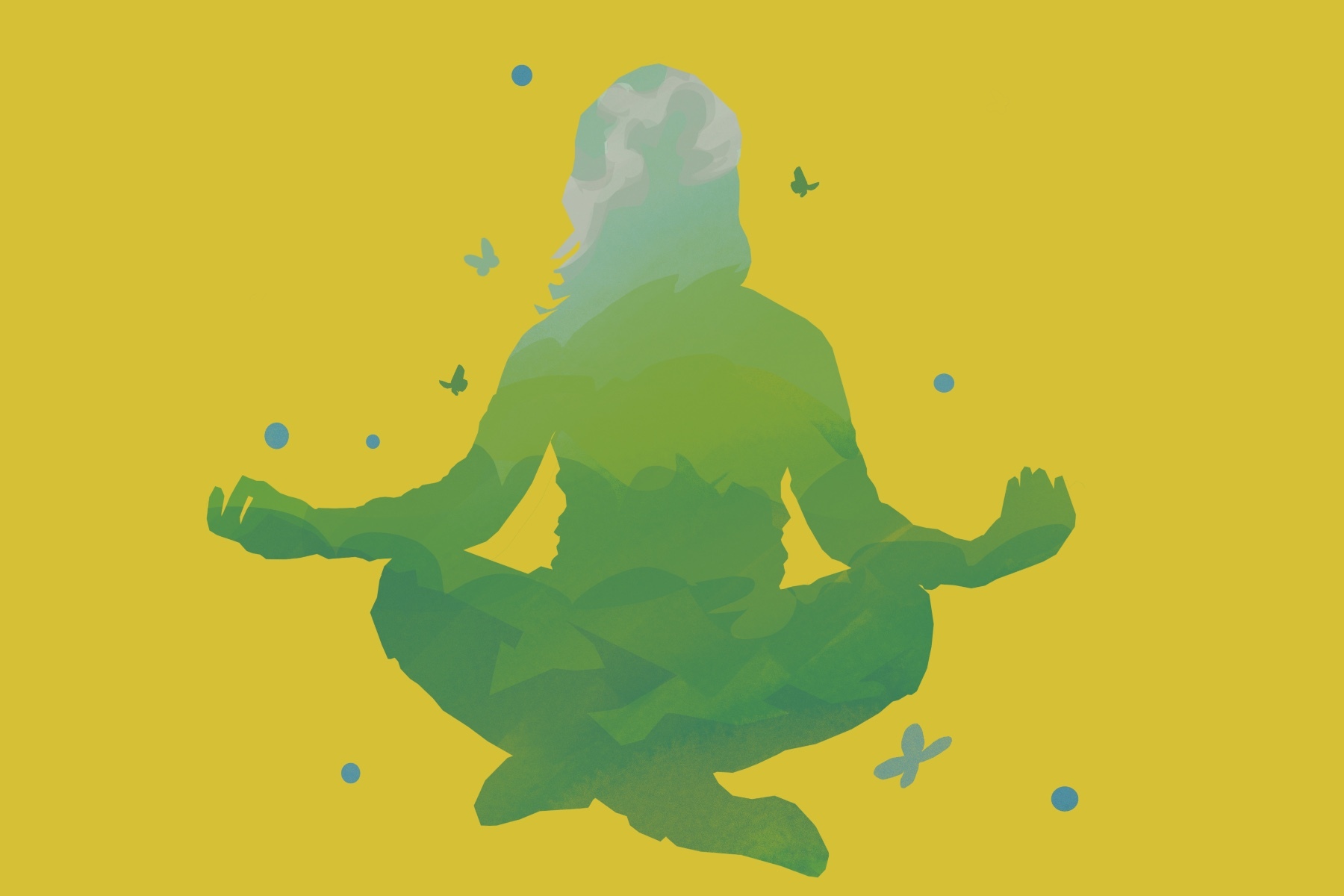Mindfulness is an ever-present method within the act of self-care, but many insist they are “bad” at it. The issue may stem from its conflation with meditation — while mindfulness is a tool that can be used during meditation, the terms cannot be used interchangeably. Meditation refers to mental exercise for the purpose of reaching heightened spiritual awareness. Mindfulness refers more to one’s ability to remain fully present, honing in on awareness without reaction. If you’re looking for mindfulness methods that can calm even the most scattered mind, then the following techniques might be worth incorporating into your everyday life.
Progressive Muscle Relaxation
For many, it is nearly impossible to clear their mind and sit still long enough to focus on their breathing. If this sounds like you, then pushing yourself to try something out of your comfort zone may produce some surprising results. This technique can be done in a few different ways, though sitting with your feet flat on the ground is recommended.
For the first method, start by going completely rigid. Squeeze every muscle in your body as tight as possible — toes, the arches of your feet, calves, thighs, glutes, all the way up to your head. Acknowledge the strangeness of each sensation — though we carry a fair amount of tension around in our bodies, it is usually localized to one muscle group. Starting from either the top or bottom of your body, relax one muscle at a time. By now you may be shaking a bit, which is completely normal. Release slowly and with intention until you are fully relaxed. A different method recommends tensing and releasing each muscle one by one.
Moving immediately to relaxation can be difficult for many, as we hold unrecognized tension usually in our shoulders and jaw. This technique recognizes that tension and pushes us farther. Total rigidity is also unnatural for most; therefore, it requires complete concentration to maintain and control tension throughout the body. Additionally, we also discount our breathing to stay in total flexion, so the return to relaxation is quite literally a breath of fresh air. Though it may not look like mindfulness in the traditional sense, progressive muscle relaxation succeeds in keeping your attention and focus solely on the body.
Color Tracking
Another common qualm with mindfulness is the silence and stillness that many believe it requires. This technique can be done during the in-betweens of your day: a walk home from class, a subway commute to work or even grocery shopping. First, start by choosing a color (the more specific the better.) Track this color in your daily life for a set number of times as another thing to direct your focus on. To take this further, keep a note of where you find your color the most. On people, in nature, on buildings?
This technique tackles awareness and helps you remain present in your commute; many of us feel inconvenienced by transitional moments. They are the “filler” periods of our day that we often fill with distraction. We wear headphones, walk quickly and take shortcuts in the name of efficiency. In anticipation of the next big task or exciting “thing” we have planned, we rush through the few built-in moments of silence that come naturally to us. In all honesty, the color of your choice is pretty much irrelevant. The moment of mindfulness occurs in the search itself and the conversation you create with yourself in the process.
Was that woman’s shirt really the exact shade of blue as the other man’s shoes? How many shades of purple are there exactly? Should you rethink your chosen color? Let the questions rise up without judgment and engage with them. In practicing color tracking, you re-immerse yourself within your day’s transitional periods and are more solidly present in your life.
The Raisin Exercise**
*Raisins might not be for everyone, so any small food item will work.
** Maybe skip this one if you’re squeamish.
Take a raisin in your hand and close your eyes. Roll it between your fingertips, focusing on its texture. Is it sticky? Solid? Squishy? Familiarize yourself with its grooves and ridges and try to picture it in your mind before opening your eyes. How does it compare to your mental picture? How does it smell? Have you ever smelled a raisin? Put it in your mouth, but don’t chew — not yet. Focus on its taste, its texture — do you even like raisins? Chew slowly or swallow it whole. Try to track it on its way down.
The raisin exercise might be too visceral for some, but even disgust is considered a success with this technique. Like with many of our daily commutes, eating and snacking are not often paid the attention it deserves. Whether we eat too quickly in order to get back to work or eat with a tv show on in the background, many of us don’t savor our food. Maybe you won’t eat all your meals with this same level of attention but it’s worth it to take a second to be present in your nourishment.
The Five Senses Exercise
This is another technique that can be done on the move that is fairly simple. The steps require you to:
- Find five things that you can see.
- Find four things that you can feel (this refers to physical touch, not emotions).
- Find three things that you can hear.
- Find two things you can smell.
- Find one thing that you can taste.
This technique is great for reducing anxiety and works as a grounding technique to be more present in your body. We are consistently surrounded by a variety of stimuli yet struggle to find anything outside of the ordinary to grab and hold our attention.
Most importantly, mindfulness and meditation are not the same thing. Mindfulness should be framed as a return to the senses and the body, an ability that is innately human. There is no way to fail at mindfulness, though there are ways to better separate stimulus from reaction. By practicing any of these techniques, you can strengthen your mindfulness skills.

















